Here’s a nostalgic trip down memory lane to a time when toy safety regulations weren’t quite as strict as they are today. The ’70s and ’80s were a wild era for childhood playthings, with toys that entertained us endlessly but, looking back, would make a modern safety inspector break into a cold sweat. From sharp edges and small parts to downright dangerous chemistry experiments, these toys made playtime thrilling—and occasionally hazardous. Let’s explore 15 toys from that unforgettable era that probably wouldn’t make it past the design phase today.
1. Lawn Darts (Jarts)
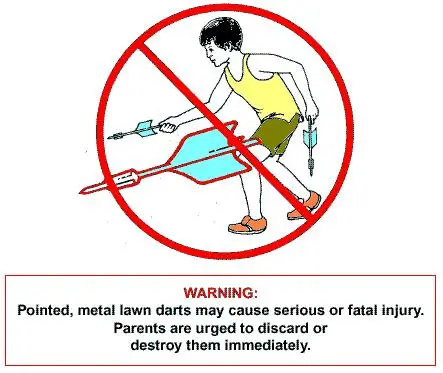
Lawn darts were a staple of outdoor fun in the ’70s and ’80s, but they came with a serious safety caveat—each dart was essentially a weighted spear. The goal of the game was to toss these metal-tipped darts into plastic rings on the lawn, but more often than not, they missed their mark and hit something—or someone—else. With sharp tips designed to dig into the ground, they posed a significant risk to anyone nearby, particularly younger siblings who might wander into the playing area.
Despite parental warnings and common sense, accidents were inevitable. By the late ’80s, after numerous reports of serious injuries and even fatalities, lawn darts were banned in the United States, and voices among the U.S. Consumer Product Safety Commission wanted them to not just be banned, but to be wiped off the map. Today, the very idea of handing kids a game that combines flying projectiles and sharp points feels absurd, but back then, it was just another summer afternoon.
2. Clackers

Who could forget the hypnotic rhythm of clackers? These hard acrylic balls, suspended on a string, were designed to be swung together to make a satisfying “clack” sound. The challenge was to master the perfect rhythm, but the reality was far less idyllic. Clackers were notorious for shattering under pressure, sending sharp shards flying in every direction.
The danger didn’t stop there. Even if the balls stayed intact, the force needed to swing them caused countless bruises and finger injuries. By the mid-’70s, clackers were deemed too dangerous and pulled from shelves. According to the U.S. Consumer Product Safety Commission, In the mid-’80s, they were even being seized by Marshals in Phoenix, which is a lot of firepower for a little toy, but these are Clackers, after all! They remain a fond, albeit painful, memory for anyone who spent hours trying to perfect their technique without landing in the ER.
3. Easy-Bake Oven (Original Design)
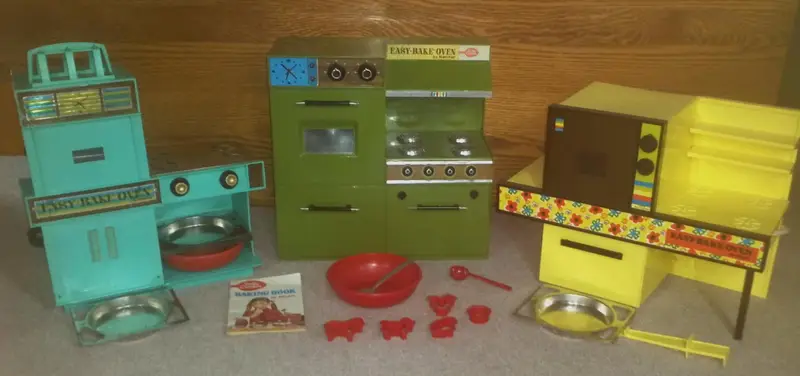
The Easy-Bake Oven was a dream come true for kids who wanted to play chef, but the original design came with its own hazards. Using a high-wattage light bulb as its heat source, this miniature oven got hot enough to bake actual cakes—and to cause burns. Little fingers eager to retrieve their treats often found themselves learning an unintended lesson about the dangers of heat.
Additionally, the early models weren’t always structurally sound, leading to the occasional collapsing oven. It wasn’t until years later that redesigns improved safety features like cool-touch surfaces and better insulation. Still, for many of us, the thrill of whipping up a tiny brownie outweighed the risks.
4. Shrinky Dinks
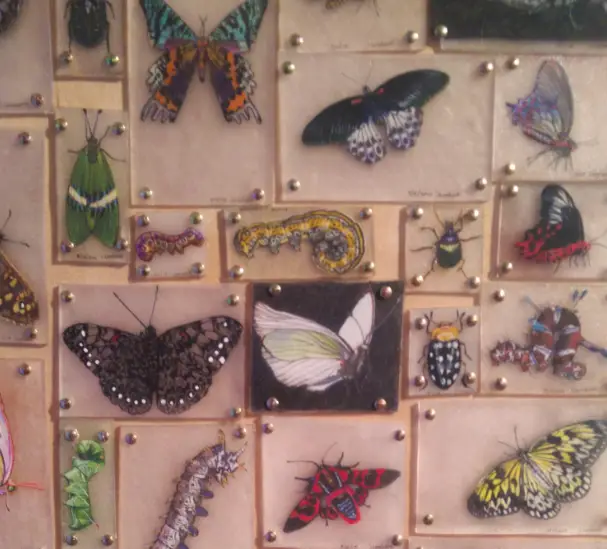
Shrinky Dinks let kids transform plastic sheets into hardened shapes, but the process required an oven. While the product itself wasn’t inherently hazardous, the idea of kids working with hot appliances unsupervised was risky. Many children got burned while attempting to retrieve their creations or accidentally touched a hot baking sheet.
The fumes released during the shrinking process were another concern. While the instructions recommended proper ventilation, not every household followed these guidelines. Today, Shrinky Dinks have been revamped to minimize risks, but the original versions would struggle to meet modern safety standards.
5. Creepy Crawlers
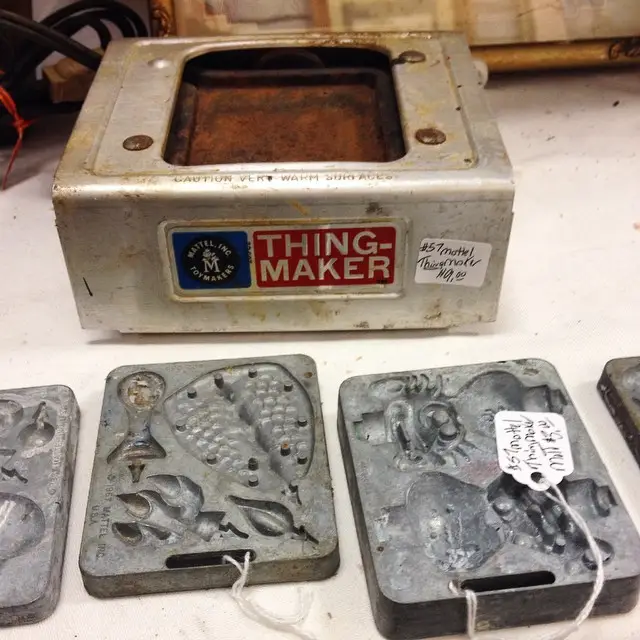
The Creepy Crawlers Thingmaker was every budding mad scientist’s dream. This kit let kids create rubbery bugs and creatures by pouring liquid plastic into heated metal molds. While the results were impressive, the process was fraught with danger. The heating element reached temperatures upwards of 300°F, and the molds stayed hot long after the bugs were removed.
It wasn’t uncommon for kids to burn themselves or spill hot plastic while experimenting. The liquid plastic, which All That’s Interesting says has a name, Plasti-Goop, itself also emitted fumes that raised questions about long-term health effects. Modern versions of the toy have swapped the dangerous heat for safer materials, but the original kits remain a symbol of a bygone era when “safety first” wasn’t always the motto.
6. Sky Dancers
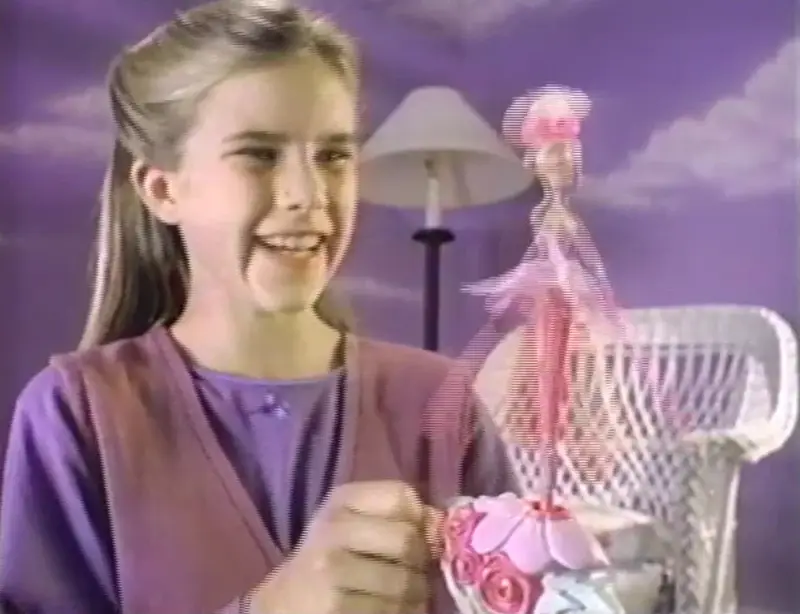
Sky Dancers were magical to watch as they soared through the air, but they were also a hazard waiting to happen. These winged dolls launched from a pull-string base, flying unpredictably in every direction. While the toy was mesmerizing, it had a knack for crashing into faces, eyes, and other sensitive areas.
The unpredictability of their flight paths made them a frequent cause of injuries, from bruises to more serious facial trauma. After numerous complaints and safety concerns, Sky Dancers were eventually recalled. Though their flight was brief, they remain a nostalgic icon of chaotic playtime.
7. Slip ‘N Slide
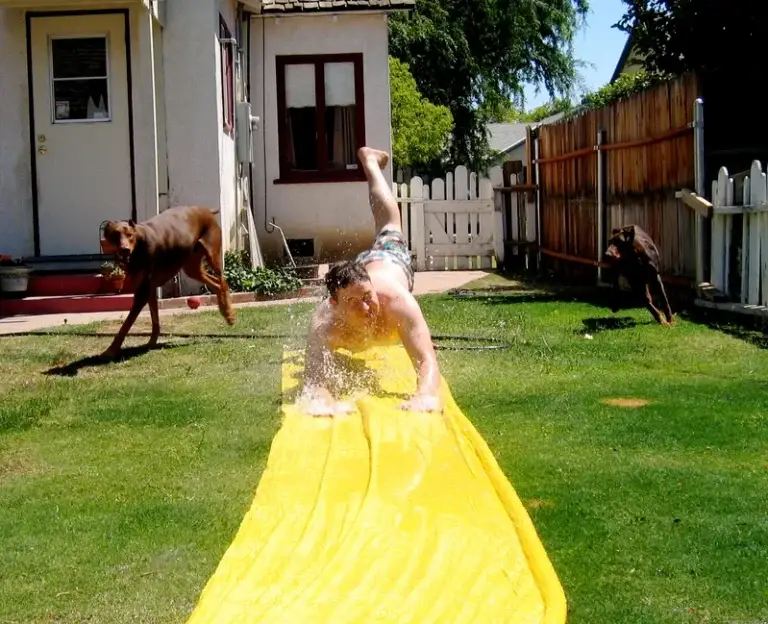
Nothing screamed summer fun like the Slip ’N Slide, but this backyard water slide wasn’t without its risks. Designed for kids to run and dive onto, it was often set up on less-than-ideal surfaces like gravelly lawns or uneven yards. Collisions with hidden rocks or abrupt stops often resulted in injuries ranging from scrapes to concussions.
Adults who tried the Slip ’N Slide fared even worse, with their greater size and weight increasing the risk of neck and back injuries. Despite these dangers, the Slip ’N Slide has persisted in various forms, albeit with stricter safety warnings.
8. Water Wiggle
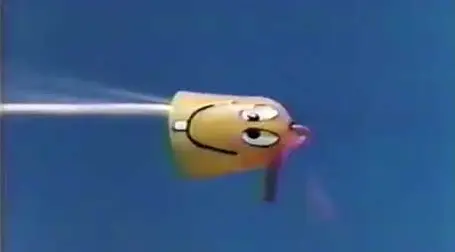
The Water Wiggle was a sprinkler toy that attached to a garden hose, creating a chaotic stream of water as the plastic nozzle danced unpredictably. The unpredictability was part of the fun, but it also made the toy dangerous. The nozzle could strike kids, causing bruises or worse, and in one tragic incident, a child’s death led to the toy being pulled from shelves.
While it was intended as a playful summer accessory, the risks ultimately outweighed the rewards. The Water Wiggle serves as a sobering reminder of how quickly a seemingly harmless toy can turn into a hazard.
9. Battlestar Galactica Colonial Viper Launcher

This toy came with a small plastic spacecraft that could be launched from a handheld device. While it delighted sci-fi fans, it also presented a serious choking hazard. The spring-loaded launcher was powerful enough to send the Viper flying across the room, but it wasn’t designed with safety in mind.
After a child tragically choked on one of the small projectiles, the toy was recalled and redesigned with safer features. The incident also spurred changes in toy manufacturing regulations, highlighting the importance of prioritizing safety over spectacle.
10. Johnny Reb Cannon
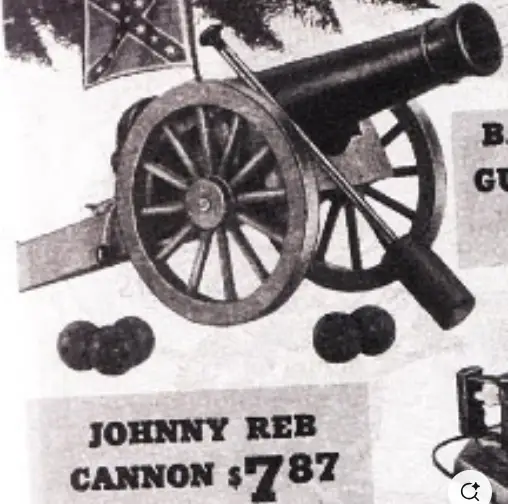
This Civil War-themed cannon let kids fire plastic cannonballs up to 35 feet. While it provided hours of imaginative play, the force of the cannonballs was enough to cause injuries. The cannon’s heavy design also made it difficult for younger kids to handle safely, leading to accidental launches.
In an era more sensitive to both safety and the implications of historical-themed toys, the Johnny Reb Cannon would likely face scrutiny on multiple fronts today. Despite its risks, it remains a nostalgic memory for those who played with it.
11. Atomic Energy Lab

The Gilbert U-238 Atomic Energy Lab was marketed in the early 1950s but remained popular into the ’70s as a collector’s item and scientific curiosity. This “educational” kit allowed children to explore the wonders of atomic science by including real radioactive materials. It came with uranium ore samples and a Geiger counter so kids could detect radiation in their own homes.
While it was meant to inspire future scientists, the idea of kids playing with radioactive materials is downright terrifying today. The lab was pulled from shelves partly because of safety concerns and partly because parents weren’t thrilled about their homes doubling as nuclear experiments. It’s remembered today as a dangerous relic of an era before we fully understood the hazards of radiation exposure.
12. Bubble Thing
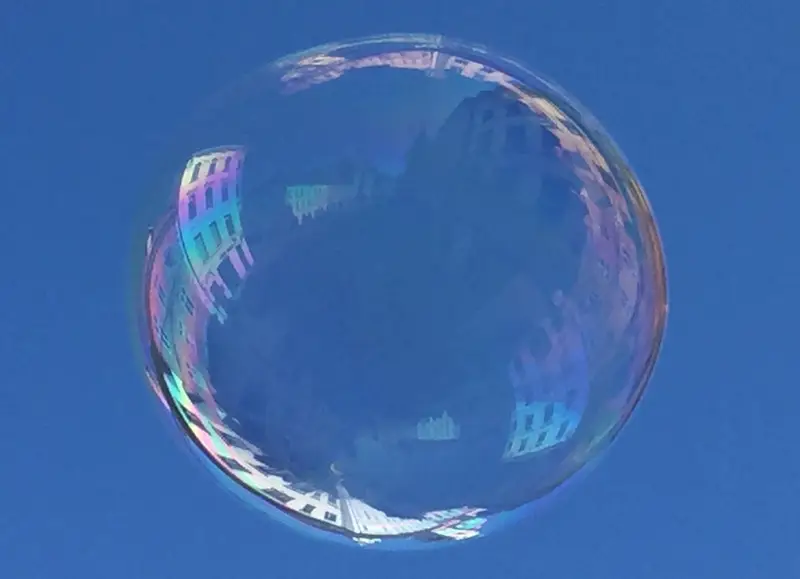
Bubble Thing was a simple contraption that allowed kids to create enormous soap bubbles. It consisted of a wand and a special bubble solution, but the excitement came with a hidden downside. The solution often contained chemicals that could irritate the skin or eyes, especially when kids inevitably splashed it everywhere during enthusiastic bubble-blowing sessions.
Accidental ingestion of the bubble solution was another risk, leading to upset stomachs and worse. While less obviously hazardous than some toys, Bubble Thing highlights the lax safety standards of the time, when even seemingly benign toys could have unintended consequences.
13. Metal Playgrounds and Playsets
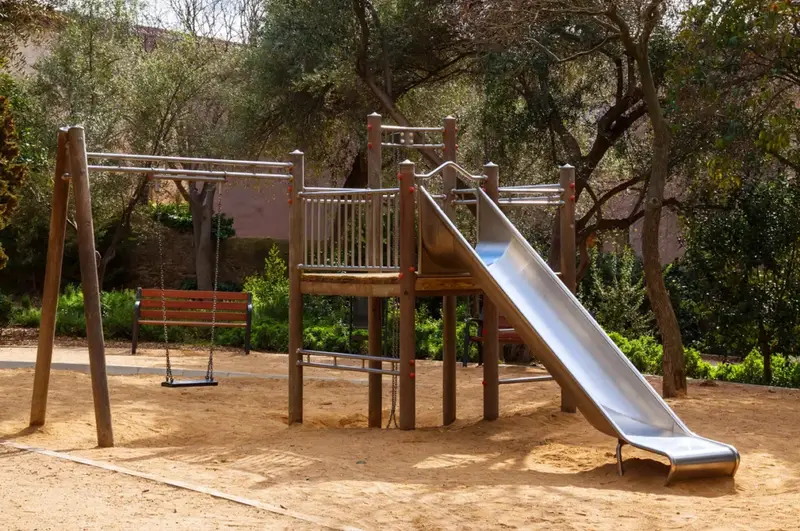
While not a specific toy, metal playgrounds and playsets were a defining feature of childhood in the ’70s and ’80s. These structures, often made of uncoated steel, were notorious for heating up to scalding temperatures in the sun. Sharp edges and high platforms added to the risks, leading to countless cuts, bruises, and falls.
Despite the inherent dangers, these playgrounds held a certain charm, fostering adventurous play and resilience. Modern playgrounds have replaced these relics with safer, padded alternatives, but for many, the memories of daring climbs and inevitable tumbles remain a treasured part of growing up.
14. Stretch Armstrong
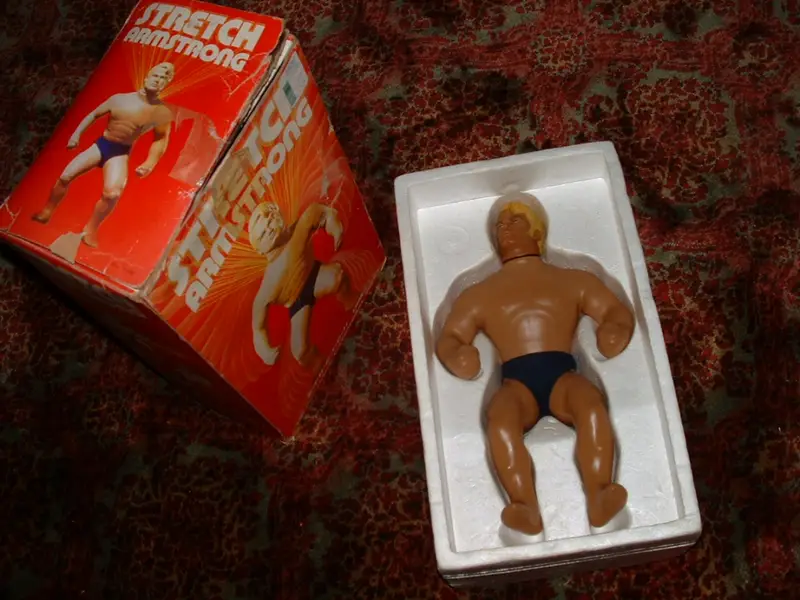
Stretch Armstrong was a fascinating toy with a stretchy, jelly-like body that kids could pull and contort into all sorts of shapes. However, the toy wasn’t as indestructible as advertised. Over time, the rubber exterior could weaken and tear, exposing the sticky, corn syrup-like substance inside. Kids curious enough to touch—or even taste—it faced potential health risks.
Stretch Armstrong’s gooey interior also attracted dirt and debris, making it a magnet for germs. While the toy remains iconic, its messy and occasionally hazardous nature means it would likely face stricter safety standards if introduced today.
15. Peacock Feathers from Uncle Milton’s Ant Farm
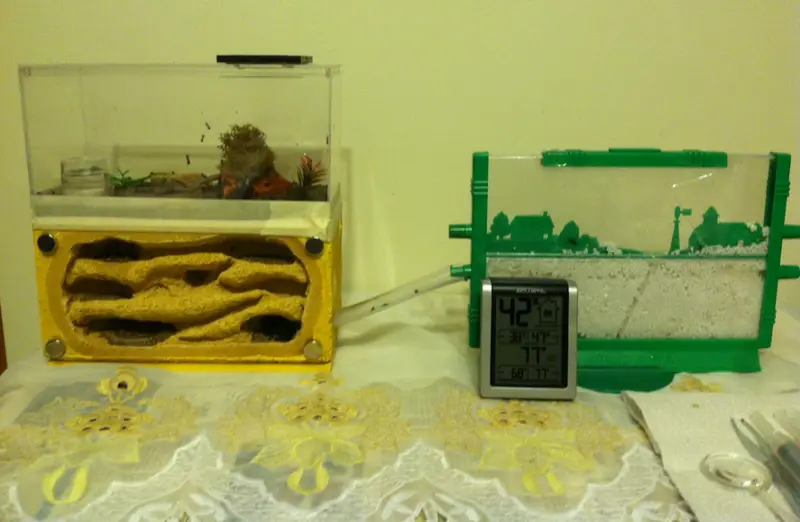
Uncle Milton’s Ant Farm was a classic toy that let kids observe ants in a plastic habitat. Some versions came with decorative peacock feathers, intended to mimic plants in the tiny ecosystem. However, peacock feathers often contained mites or allergens that could trigger reactions in kids who handled them.
The ant farms themselves weren’t entirely hazard-free, either. If they tipped over, the ants could escape, leading to chaotic invasions. While these ant farms still exist in updated forms, the inclusion of natural materials like feathers has long since been abandoned in favor of more hygienic and allergen-free alternatives.
These toys, like the ones in the original list, represent a time when playtime was a little riskier and safety took a backseat to adventure. They remind us of the wild, free-spirited days of the ’70s and ’80s—a time when a toy could be both thrilling and dangerous, and kids learned to navigate the hazards as part of the fun.
Each of these toys captured the spirit of their time—an era when fun often came with a dash of danger. They remind us of a world where play was a little wilder, rules were looser, and imagination ran free. While we wouldn’t hand them to today’s kids, their memory lives on in the stories we tell and the scars we might still bear.


